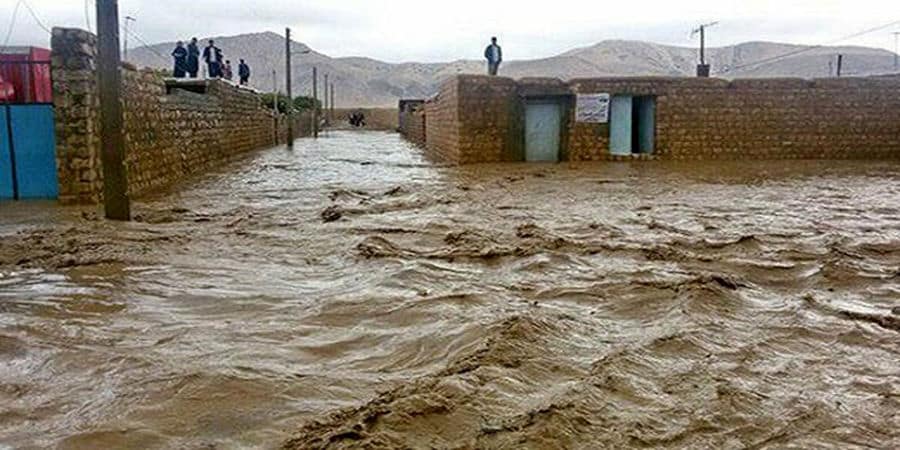
On Friday, July 22, heavy rain and subsequent flooding killed 11 people in Fars province, southwest Iran.
In three cities in the province of Fars, there have already been more than 23 casualties. Hundreds of people died in March 2019 as a result of severe flooding in the Fars provinces and other regions of the nation, just before the Persian New Year, but the regime has done nothing to avert this crisis ever since.
“This crisis would not have happened if we had alarmed people. It has been a few years since the incident occurred in Shiraz, and we are witnessing another similar catastrophe. Timely warnings could have prevented this incident. Why local officials and did not take action.” Jafar Ghaderi, the regime’s MP from Shiraz, warned officials about the consequences of their inaction in the face of the recent flood in Shiraz, according to the state-run Mehr News agency. “There would be severe consequences for us,” he said.
According to the regime’s meteorological organization, only 0.7 millimeters of rain fell in Estehban on Friday, but 17.5 millimeters fell in two other cities close to the Rodbal river catchment area, causing the river to flood.
July 23 – Estahban, Fars Province, south-central #Iran
Devastating floods have killed at least 18 people and another five are reported to be missing.#43YearsOfMisery pic.twitter.com/gl8t20TD0I— People's Mojahedin Organization of Iran (PMOI/MEK) (@Mojahedineng) July 23, 2022
In a similar incident, flooding in the province of Sistan and Baluchistan, southeast Iran, claimed the lives of at least five people. Officials from the area claim that 50 villages have lost communication.
For at least ten years, Iran has experienced drought. For any nation experiencing such a severe environmental crisis, rainfall is a miracle. But why do Iranians have to endure both devastating flash floods and drought?
Although the majority of summer rains are torrential, excessive amounts of rain in a short period of time can still cause dangerous runoff that can be unpredictable. The state-run Ebtekar daily admitted on July 26 that “Officials do not take flood management seriously and are not willing to use methods to reduce casualties and damages of floods.”
Ebtekar wrote in a letter to officials, “If we do not take these measures, no official can save lives with some phone calls. To lessen the effects of this destructive phenomenon, we need to strengthen urban and rural infrastructure, create forecasting and warning systems, and local communities.”
Iran’s water crisis includes both severe drought and floods. The corruption, poor management, and incompetence of the regime, like other crises, are to blame for this one. The Revolutionary Guards of Iran control both its natural resources and its economy (IRGC). The nation’s natural resources are wasted by the IRGC for financial gain, leaving the populace defenceless and vulnerable to natural disasters. But how?
Although the drought in Iran may be related to global warming, it should be noted that the regime’s actions have worsened the effects of this global crisis. By drilling deep wells, the Revolutionary Guards (IRGC) have destroyed Iranian aquifers, drained thousands of square kilometers of groundwater, increased soil salinity, led to severe of land subsidence, and exacerbated the effects of drought.
All crises are interconnected and result in the menacing rule of the Iranian regime. Environmental crises are avoidable, if not manageable. The theocracy in power in Iran delays providing aid to those in need and refuses to stop these crises.
The National Council of Resistance of Iran (NCRI) president-elect, Mrs. Maryam Rajavi, wrote in her message of sympathy to flood victims on July 23: “The criminal mullahs have plundered the wealth of our nation, leaving them defenseless in the face of natural disasters. The only solution is to bring the evil clerical regime to an end.”
MEK Iran (follow us on Twitter and Facebook), Maryam Rajavi’s on her site, Twitter & Facebook, NCRI (Twitter & Facebook), and People’s Mojahedin Organization of Iran – MEK IRAN – YouTub

